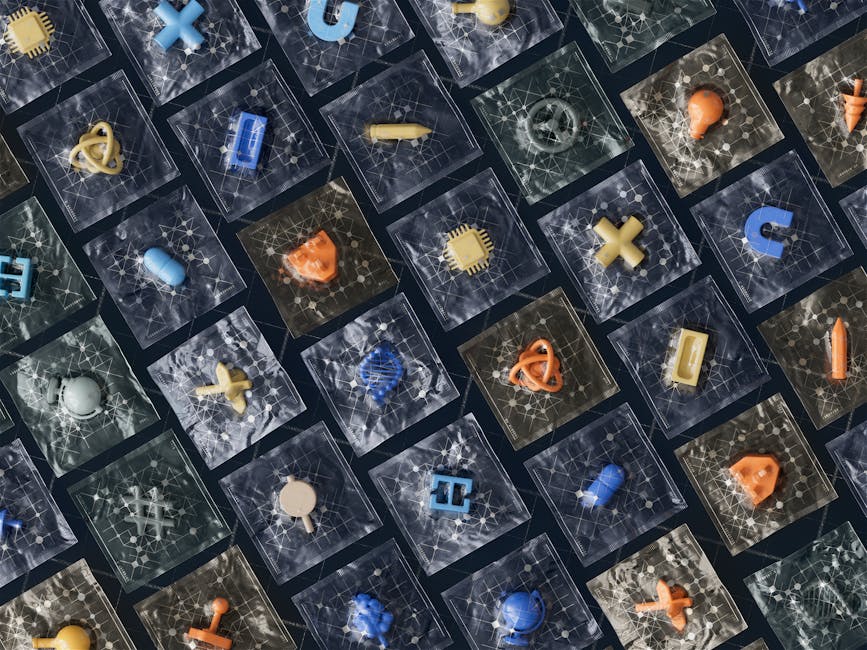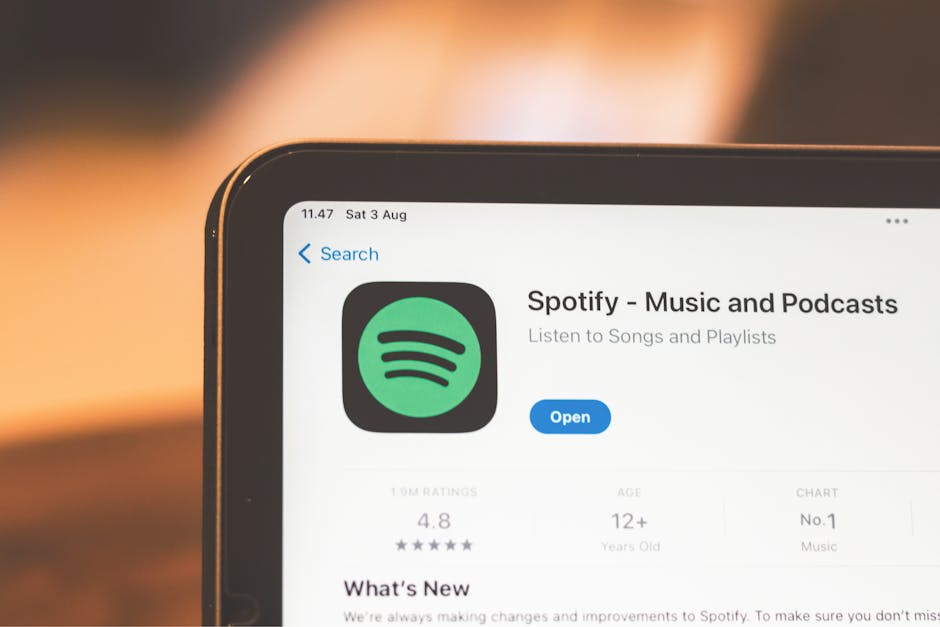Introduction: A Quiet Revolution
The rise of artificial intelligence in media isn’t loud or flashy—it’s strategic and deeply integrated. Much of the transformation is happening behind the scenes, accelerating how content is imagined, created, and consumed.
Quiet Disruption in Every Format
The influence of AI is spreading across multiple forms of media. Whether you’re watching a movie, listening to a podcast, or reading a news article, there’s a high chance AI has played a part in its production.
- In film, AI tools assist with script generation and shot planning
- In podcasting, AI edits dialogue, removes noise, and even suggests pacing changes
- In newsrooms, algorithms help draft articles and tailor updates for individual readers
New Standards in Media Creation
Creators and studios now face a rapidly shifting set of expectations from both audiences and platforms. The pressure is on to deliver more content, faster, with equal—if not higher—levels of quality. AI has become the competitive edge.
- Speed: Tasks that once took teams weeks can now be completed in hours
- Efficiency: Automated systems reduce manual workloads and costs
- Personalization: User data informs how content is adapted, shown, and shared
This quiet revolution isn’t just a tech upgrade—it’s a full-scale evolution of how stories are told and delivered.
AI in Pre-Production: Smarter Planning
Artificial Intelligence is revolutionizing the earliest stages of media production. Once time-intensive and manual, pre-production is becoming faster, leaner, and more data-driven, all thanks to smart technology.
Scriptwriting Gets an AI Boost
The days of starting every script from scratch are over. AI tools can now draft plotlines, generate dialogue, and even ideate character arcs based on genre, tone, or audience preference.
- Generate first-draft scripts in minutes
- Use AI for dialogue suggestions and plot development
- Adapt structure to match different formats (e.g., short films, web series, commercials)
Note: Human creativity still leads. Think of AI as your brainstorming partner—not your ghostwriter.
Smarter Storyboarding and Shot Planning
Visual planning is now enhanced with AI-driven tools that can quickly render dynamic storyboards based on script input.
- Convert scripts to illustrated frame sequences
- Predict optimal shot compositions and camera angles
- Streamline collaboration across departments through visual script alignment
Budget Forecasting with Predictive Analytics
Gone are the days of static spreadsheets. Predictive analytics now allow producers to forecast costs more accurately and plan for financial scenarios in real time.
- Estimate production costs based on historical data
- Factor in everything from weather to staffing to location risks
- Make smarter investment decisions before the cameras roll
Location Scouting Powered by Image Recognition
AI tools are scanning the world—literally. With vast databases of geotagged images, AI can identify ideal shooting locations in seconds.
- Match scene requirements to real-world locations
- Analyze lighting, terrain, and accessibility using visual data
- Cut down scouting trips and speed up approvals
From ideation to logistics, AI is rewriting the rules of pre-production. Efficiency is up. Guesswork is down. Creative teams that embrace these tools will not only save time—they’ll unlock new creative possibilities.
AI Behind the Camera: Production Efficiencies
What used to take a small army of crew members and hours of setup can now be done by machines—in real time. AI-powered drones are changing how filmmakers and video creators think about mobility. These aren’t just flying cameras anymore—they react on the fly, anticipate movement, and self-correct for shakiness. That means smoother tracking shots, smarter framing, and less reshooting.
Virtual sets are also becoming the new normal. With machine learning–driven environments, entire backdrops can change with a slider. Need a sunset in Venice? Or an overcast jungle in Thailand? No need to fly there. These AI-generated sets integrate with actors in real-time, saving time and rental costs.
Intelligent camera assistants are like having a seasoned cinematographer in your gear bag. They adjust scenes on the go, dial in optimal exposure, and can even track emotional tone using facial recognition. When paired with adaptive lighting and sound systems, your set basically becomes a live feedback loop—one that’s always learning, always improving.
For creators, this means faster, leaner shoots without giving up craft. You don’t need a massive crew to land cinematic quality. Just the right tools—and a grip on how to use them.
AI in Post-Production: From Weeks to Hours
Post-production used to be the bottleneck—the place where deadlines stretched and costs ballooned. That’s changing fast. Auto-editing tools now handle rough cuts in minutes, organizing footage by relevance, pacing, and even emotional tone. Editors still shape the final piece, but the busywork? Handed over to algorithms.
Visual effects that once took small armies and big budgets can now be AI-generated. Simulations, green screen replacements, filters—what used to take weeks now takes hours. And it scales. Small teams can create studio-level visuals without needing a studio.
Then there’s voice cloning. When an actor’s line needs fixing, it doesn’t always mean more studio time. AI can replicate voices and adjust delivery with uncanny accuracy, even syncing lips. Same goes for Automatic Dialogue Replacement (ADR). Cleaner, faster, no re-recording.
Color grading and sound balancing, once reserved for specialists, are now assisted by machine learning tools that zero in on tone, vibe, and clarity. The algorithms don’t just save time—they raise the floor on quality. For creators, this frees up attention to spend less time polishing and more time making.
AI and Content Personalization
Artificial Intelligence is driving rapid transformation in how media is tailored, distributed, and consumed. In today’s landscape, a one-size-fits-all approach no longer suffices—content must feel personal, relevant, and intentional. AI tools are making that possible at scale.
Custom Trailers, One Viewer at a Time
Imagine a movie trailer recut just for you. AI can reshape promotional content based on viewer behavior, genre preferences, and even emotional responses gathered through engagement metrics.
- Trailers dynamically adjusted to highlight elements viewers are most likely to enjoy
- A/B-tested variations to measure performance before full release
- Increased viewer conversion due to higher perceived relevance
Region-Specific and Demographic-Based Edits
Media producers are now using AI to create multiple versions of a single piece of content that align with cultural, regional, or demographic expectations.
- Film and commercial edits slightly altered to suit local customs
- Subtle language shifts or voiceovers adapted to regional dialects
- Music, imagery, or references customized per audience segment to improve resonance
Personalized News Delivery
AI is curating individualized news experiences. By analyzing a person’s reading habits, political leanings, and browsing behavior, platforms can deliver news segments that feel directly relevant.
- Readers receive news articles matched to their topic interests or tone preferences
- Mood-based delivery (e.g., uplifting news in the morning, in-depth reports in the evening)
- AI-driven anchors or narrators that adapt tone and cadence to audience tendencies
The Takeaway
Content personalization through AI isn’t just about customization—it’s about enhancing engagement, keeping audiences informed or entertained in ways that feel natural and human. As these tools improve, they may redefine what “target audience” even means.
Ethical Concerns and Creative Boundaries
Let’s not sugarcoat it: AI isn’t just a tool—it’s a disruptor. And nowhere is that more apparent than in the ethical gray zones it opens up. Deepfakes, for example, have gone from tech demos to real threats, putting faces and voices where they never were. Misinformation is easier than ever to manufacture, and the line between reality and fabrication is blurring fast. For media creators, this raises hard questions—not just about what we can make, but what we should.
Then there’s originality. When AI generates a script, paints a frame, or voices a character, who owns the soul of that work? Creators are wrestling with whether AI-assisted content counts as creative labor—or algorithmic mimicry. And if everyone’s pulling from the same training data, how unique can the output be? AI can speed things up, sure, but it has yet to replicate the unpredictable, strange brilliance of genuine human creativity.
That’s why the final call can’t be outsourced. No matter how polished the machine gets, humans still need to guide the narrative. Decide what story to tell. Choose what not to say. In the face of powerful tools, creative accountability matters more now than ever.
What Media Pros Need to Know
AI isn’t gunning for your job—but it is coming for your routines. Whether you’re a seasoned producer or scrappy indie creator, artificial intelligence is reshaping how stories are built. The tech is powerful, but it can’t replicate vision, taste, or instinct. That’s still your domain. However, the way you get from idea to final cut? That’s up for grabs.
Learning these tools isn’t optional anymore. Editors who know how to train models to recognize pacing style or cut B-roll in context will outpace those still clicking through timelines by hand. Writers using AI to generate beat sheets or research faster aren’t cheating—they’re streamlining. Upskilling in AI isn’t just about survival; it’s leverage.
But as slick as these systems are, they still need oversight. An auto-generated sentence can miss nuance. A machine-picked shot can tank tone. That’s where old-school editorial judgement still wins. Human taste remains the X-factor. Great storytellers will use AI to go faster and further—but never to hand over the wheel.
The Road Ahead: New Media, New Mindsets
AI is compressing timelines across the board. What used to take weeks—prepping, shooting, cutting—is now doable in days, sometimes hours. Faster production cycles don’t just mean quicker outputs; they mean creators can afford to experiment more. Try bold ideas. Take risks. If it flops, move on. If it hits, iterate fast.
This pace also cracks open the gate for indie creators. You don’t need a studio or a five-figure budget to produce something worth watching. With the right tools and a clear voice, anyone can build, test, and distribute content from a laptop in their living room. The tech is cheap. The opportunity is wide open.
But the real edge isn’t speed or access. It’s the balance—knowing when to lean into AI’s power, and when to trust human instinct. The best work isn’t just efficient. It resonates. And that still starts with people.
(Related: Top Media Headlines You Can’t Miss This Week)
Conclusion: Stay Ahead or Fall Behind
Media’s changing. Not slowly. Not predictably. Speed is the new normal, and most production teams are still playing catch-up while the rules get rewritten. What used to take weeks now takes hours. What needed dozens of people now needs a few—and the right set of AI tools. The pressure is real: adapt or get left behind.
But here’s the truth—AI isn’t here to steal your job. It’s here to challenge how you work, how fast you work, and how creatively you think under lighter loads. Those who take the time to learn these tools, to experiment, and to integrate them into their creative flow? They’ll define the next wave of storytelling. They’ll move faster, do more with less, and stay sharp in a market that doesn’t wait.
The future of media isn’t man vs. machine. It’s man with machine—smarter, leaner, and more human than ever.



